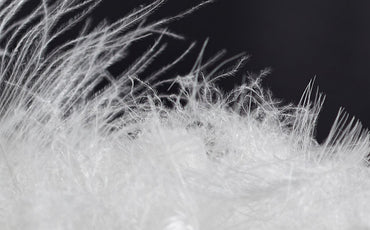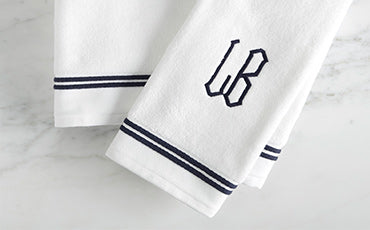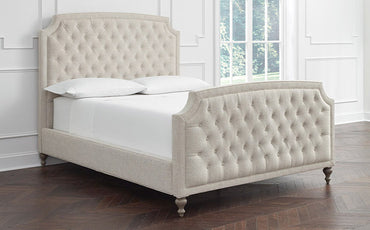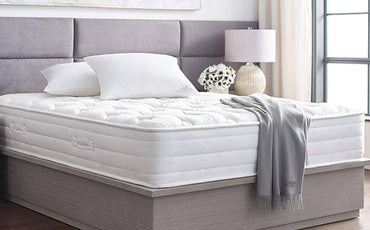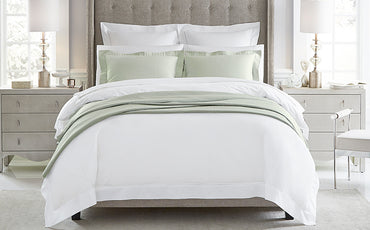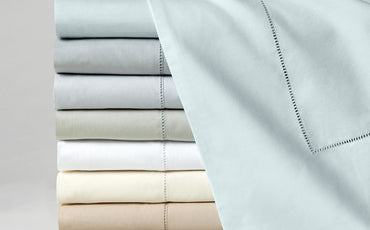Always pre-wash new linens before using. As fine fabrics are generally not pre-washed, this first wash is important for setting the threads, preserving the fabric's beauty, and prolonging its life. Be sure to fully unfold, set the machine to include a cold pre-soak, and use minimal liquid detergent. Following the first wash, refer to the instructions below.
Use of a fabric softener (liquid or dryer sheets) is not recommended for any fine linens, as it coats and weakens natural fibers. Your luxury linens will soften naturally with frequent use and additional washings.
We recommend using three sets of bed linens in rotation: one on the bed, one in the wash, one in the linen closet. This will allow each set a rest from use and a rest from wash. Similarly, we recommend that you wash matching linens (e.g. sheets and pillowcases) together, as each piece should be cared for similarly to help maintain color consistency and brightness.
Remove jewelry and watches, or other accessories that may damage fibers while sleeping. The added abrasion can break down the fibers over time, possibly resulting in pilling.
Wash off all makeup, sunscreen and harsh skincare products before bed as strong chemicals can react to the dye and damage fine fibers.
Take care when drawing up your sheets or shimmying a pillow into its case: pull from below the hem—not on or above the hemstitch, lace detail, or embroidery—so as not to subject these delicate threads to undue stress.
Natural fibers need to breathe. Store bed linens in a cool, dry, well-ventilated area, shielded from long exposure to direct sunlight. Linens stored long-term should be wrapped in white cotton, muslin (old pillowcases work well), or acid-free paper. Avoid storing linens in plastic bags, boxes, or in cedar chests which can all cause permanent yellowing or streak fabrics.


